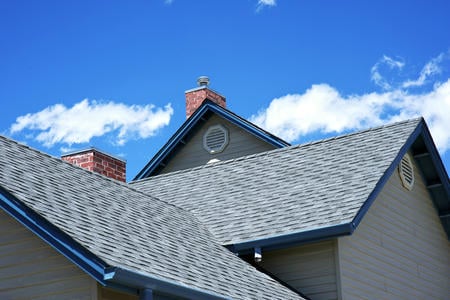New Orleans Roof Damage After a Storm? Here’s What to Do Next

Storms can strike hard in New Orleans, leaving behind more than just fallen branches and standing water. Your roof often takes the brunt of the damage, and knowing what to do next can make all the difference between a quick recovery and long-term headaches. Here’s how to act fast, stay safe, and restore your home’s protection after a storm.
Step 1: Make Safety Your First Priority
Before you inspect your roof or climb a ladder, make sure your property is safe. Watch out for downed power lines, loose shingles, and unstable structures. If you suspect serious damage or leaks, it’s best to wait until professionals can assess the situation. Avoid walking on a wet or wind-damaged roof—it’s both dangerous and can worsen the problem.
Step 2: Document the Damage
Once it’s safe to do so, take photos and videos of your roof and surrounding property. Capture wide shots of the overall structure and close-ups of visible issues like missing shingles, exposed underlayment, or punctures. This documentation will help you with insurance claims and serve as a record of the initial damage before any temporary fixes are made.
Step 3: Prevent Further Water Intrusion
If the roof is leaking, try to minimize interior damage as best as possible. Place buckets under active drips, move furniture away from wet areas, and use tarps or plastic sheeting to protect exposed spaces. The faster you act, the less likely water will soak into insulation, ceilings, or walls—reducing repair costs later.
Step 4: Call a Local Roofing Professional
After documenting and securing the area, contact a local expert for an inspection. A licensed Slidell roofing contractor familiar with storm damage can spot issues that aren’t visible from the ground, such as lifted flashing or hidden leaks. They can also provide a professional assessment report to support your insurance claim and ensure your roof is repaired according to code.
Step 5: File an Insurance Claim
Reach out to your homeowner’s insurance provider as soon as possible. Share your documentation and any reports from your roofing contractor. Schedule an adjuster visit so the damage can be evaluated quickly. Having a contractor present during the inspection can help ensure nothing is overlooked and that you receive a fair estimate for your roof repairs.
Step 6: Review Your Repair Options
Once your claim is approved, discuss your options with your roofing professional. Depending on the extent of the storm damage, you may need anything from shingle replacement to a full roof restoration. Choose materials that can better withstand future weather events, especially in a city like New Orleans, where high winds and heavy rains are common.
Step 7: Schedule Prompt Repairs
The longer roof damage sits untreated, the more likely it is to worsen. Moisture can lead to mold growth, wood rot, or even structural problems. Schedule repairs as soon as possible, and avoid quick, low-cost fixes that don’t address underlying issues. A reputable contractor will ensure every layer of your roof system is restored for lasting protection.
Step 8: Plan for Future Storm Preparedness
Once your roof is back in shape, take steps to prevent future damage. Regular maintenance, annual inspections, and trimming nearby trees can all help reduce the impact of future storms. You might also consider adding reinforced shingles or improved ventilation to make your roof more resilient.
When storms strike, fast action and the right help can make recovery much smoother. For expert service in Slidell and surrounding areas, contact Blueprint Roofing and Construction, Inc. today for dependable roof repairs that keep your home secure and ready for whatever comes next.

Trust the Experts for All Your Roofing Needs in New Orleans
Request Your Free Quote!